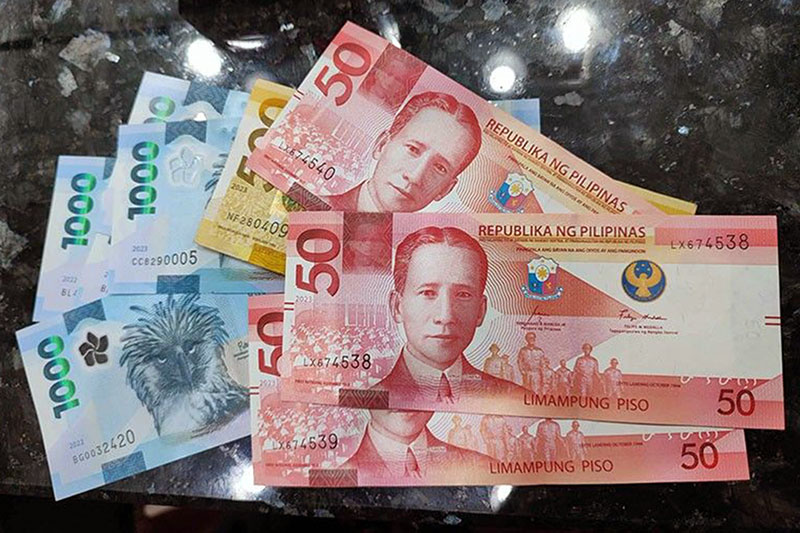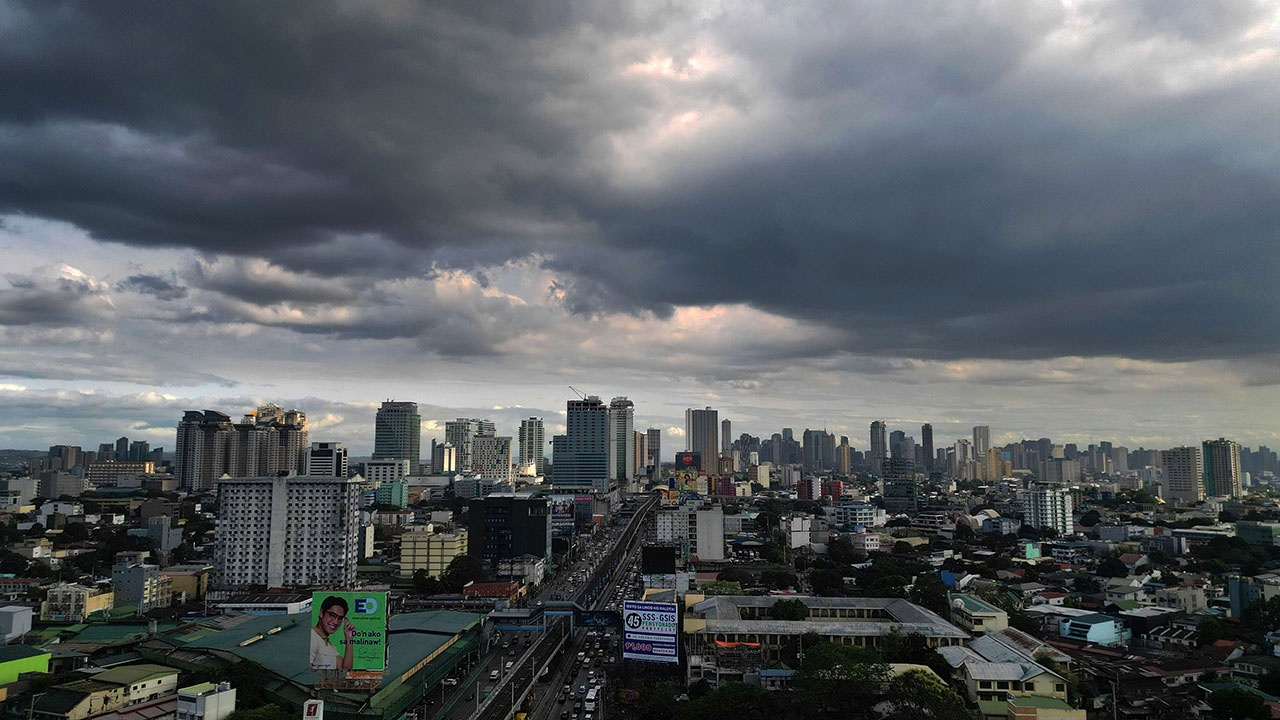
Upgrade to High-Speed Internet for only ₱1499/month!
Enjoy up to 100 Mbps fiber broadband, perfect for browsing, streaming, and gaming.
Visit Suniway.ph to learn
FOR MONDAY
A weaker peso, caused by United States (US) tariffs lifting the US dollar and the Philippines' wider current account deficit, may delay further interest rate cuts by the Bangko Sentral ng Pilipinas (BSP), according to Japanese banking giant MUFG Bank Ltd.
"We forecast the BSP to cut rates by another 75 basis points (bps) bringing it to five percent [by end-2025]. We, however, see some risks that the timing will be delayed if FX [foreign exchange] volatility picks up through 2025," MUFG Global Markets Research senior currency analyst Michael Wan said in a March 28 report.
Wan said the BSP would likely lower the current 5.75-percent policy rate by 25 bps on April 10, on top of two more 25-bp reductions in August and December.
"There is, however, a risk that the exact timing may be pushed out depending on FX volatility, and also given our view that the risk-reward for USD/PHP is tilted higher from current levels," Wan said.
From the current ₱57:$1 trading levels, MUFG forecasts the Philippine peso to depreciate to ₱58.8 against the US dollar in the second quarter, before recovering to the ₱58.5 level in the third quarter, ₱58.2 in the fourth quarter, and ₱58 in the first quarter of 2026.
"We also expect the BSP to intervene to smooth FX volatility at key USD/PHP levels including around ₱59, and if that breaks, certainly the ₱60-levels," Wan added.
According to Wan, the BSP's latest projection that the deficit in the current account, or net dollar earnings, would inch up to 3.9 percent of gross domestic product (GDP), or $19.8 billion, this year is weighing down the peso.
Last year, the current account deficit stood at $17.5 billion, or 3.8 percent of GDP—wider than the $12.4 billion, or 2.8 percent of GDP, in 2023.
"This widening in the current account deficit is driven both by our expectation for capital goods imports to pick up, coupled with some weakness in goods exports, leading to a wider goods deficit," Wan noted.
As of end-February, the Philippines' trade-in-goods deficit widened by 11.4 percent year-on-year to $8.28 billion, as two-month imports of $20.9 billion exceeded merchandise exports worth $12.62 billion, the latest preliminary Philippine Statistics Authority (PSA) data released last week showed.
"We think the surge in FDI [foreign direct investment] approvals, especially in the renewables space, can help to partially fund this deficit, but the size of the deficit is quite large, and so we think there could be bouts of PHP FX volatility through 2025, especially if global risk sentiment turns sour," according to Wan.
Despite this, Wan expects the BSP to again slash banks' reserve requirement ratio (RRR) by another 100 bps before year-end, to bring big lenders' RRR down to four percent.
Universal and commercial banks' RRR fell to five percent after the 200-bp reduction implemented by the BSP, effective last Friday, March 28.
MUFG maintained its 2025 GDP growth forecast for the Philippines at a faster 6.3 percent, within the government's six- to eight-percent goal, partly as headline inflation would fall to an average of 2.7 percent this year from 3.2 percent last year.
Wan said domestic inflation is under control due to downward local rice prices, adequate global rice supply, and stable global oil prices.
As such, this year's economic growth would be supported by manageable price increases, the delayed effects of the BSP's interest rate cuts last year, a robust infrastructure pipeline, and some public spending and private consumption boost from the midterm elections in May, Wan said.

 1 day ago
2
1 day ago
2



